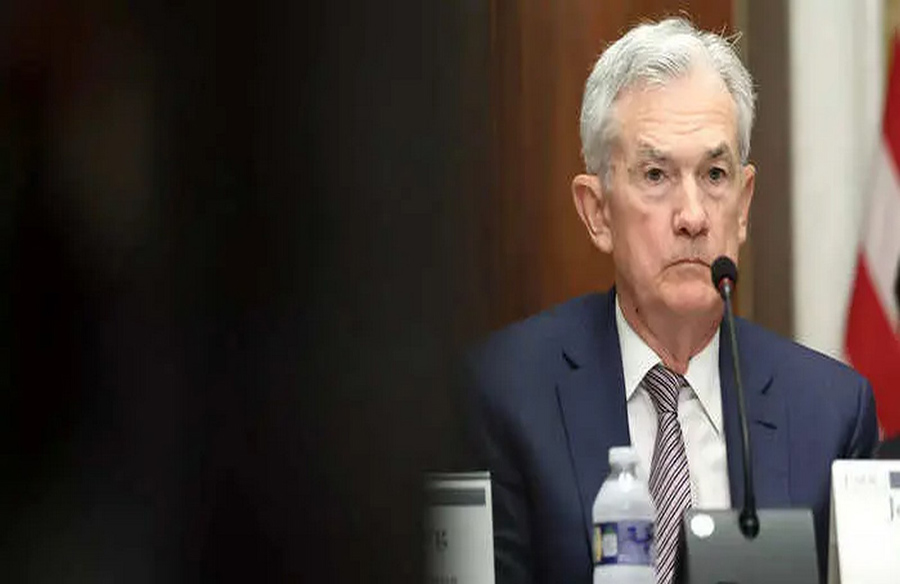
Goldman Sachs has adjusted its 2024 interest rate projections in response to higher-than-expected inflation figures recorded in recent months.
Revised Rate Cut Projections
The bank now anticipates that the Federal Reserve will implement only three 25-basis point interest rate cuts throughout the year, down from its initial estimate of four cuts. This revision represents a significant departure from the market’s earlier expectations, which had envisioned a higher number of rate reductions.
Goldman Sachs economist David Mericle emphasized that while inflation has exhibited strength in recent months, there remains an expectation for a decline leading up to the June FOMC meeting, setting the stage for the first rate cut.
Uncertainty Surrounding Inflation Trends
Mericle noted that despite the expectation for a rate cut in June, the path of inflation for the remainder of the year introduces a degree of uncertainty. Elevated inflation levels pose the primary risk to the forecast, with the possibility that the Federal Open Market Committee (FOMC) participants may reassess their inflation forecasts and adjust their policy stance accordingly.
Assessment of Recent Inflation Data
Recent inflation data has shown a modest increase compared to previous months, with core Personal Consumption Expenditures (PCE) rising slightly. While some attribute this uptick to seasonal factors, concerns are emerging regarding the sustained elevation of inflation above the Fed’s long-term target of 2%.
Projected Inflation Trajectory
Mericle remains optimistic that inflation will gradually recede later in the year, forecasting year-over-year core PCE inflation to reach 2.4% by the Fed’s June FOMC meeting. This projected decline is anticipated to pave the way for the Fed’s initial interest rate cut.
Focus on Fed’s Balance Sheet Plans
Apart from interest rates, investors are anticipated to closely monitor the Fed’s plans regarding its balance sheet runoff. Mericle expects the Committee to reduce the pace of Treasury runoff and continue the process through the first quarter of 2025, aiming for a balance sheet size equivalent to approximately 23% of GDP.
In conclusion, while Goldman Sachs maintains a cautiously optimistic outlook for the economy, the trajectory of inflation remains a pivotal factor shaping the Fed’s policy decisions and market expectations.










Leave a Reply